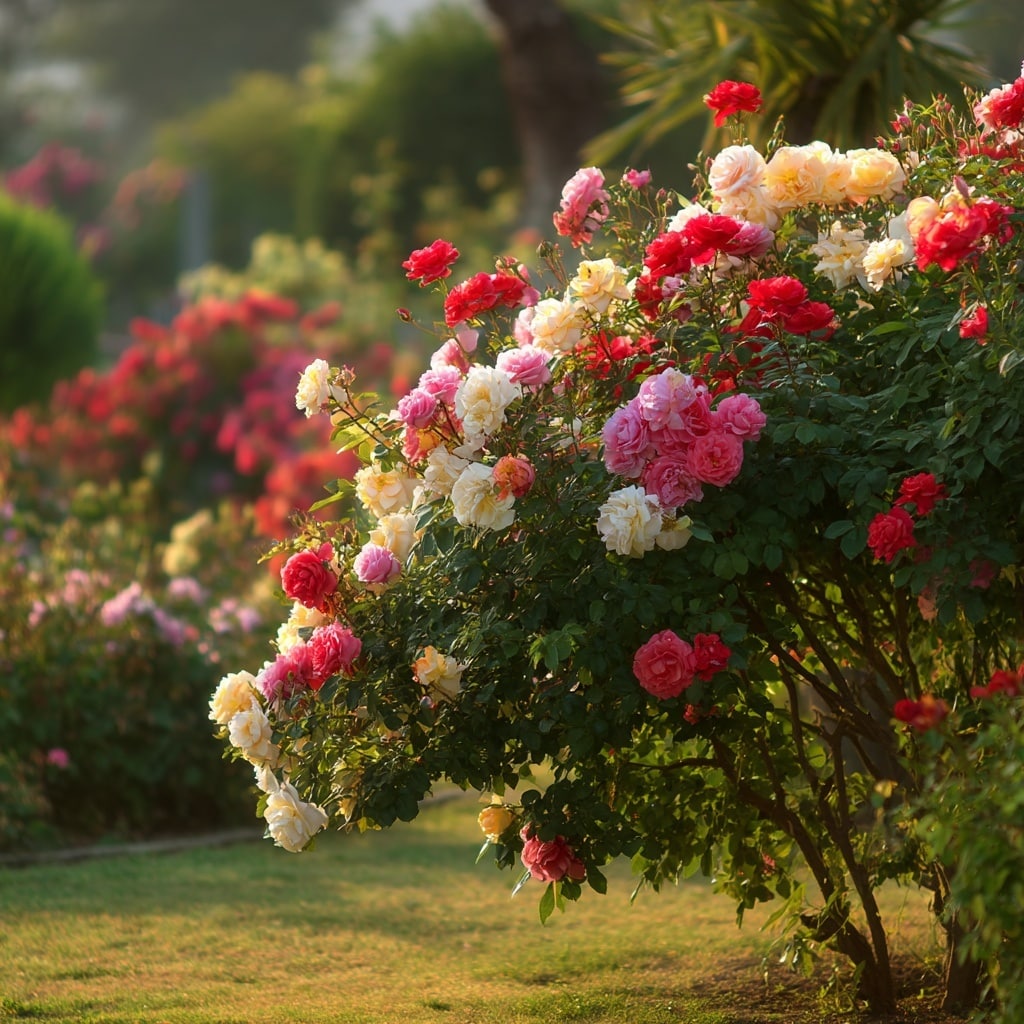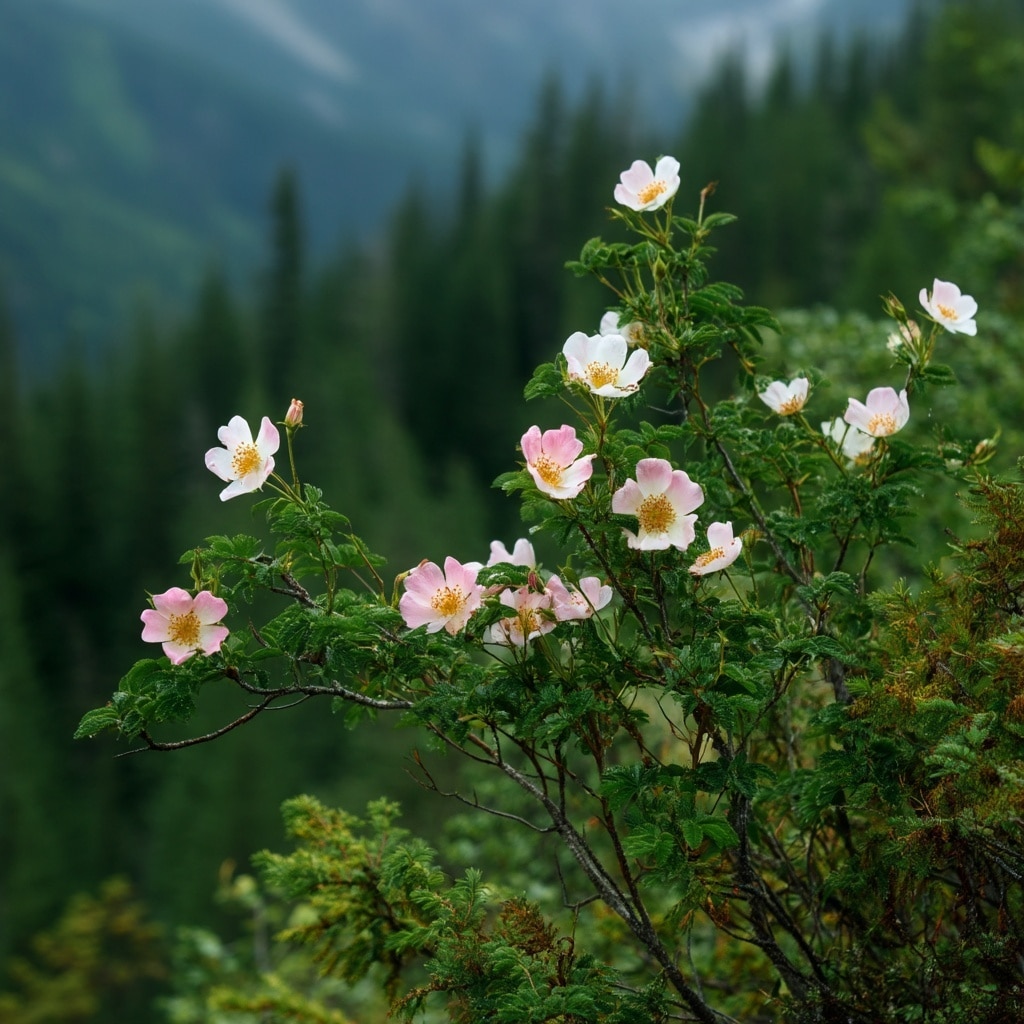Rose is one of the most beloved and iconic flowers in the world, cherished not only for its stunning beauty but also for its deep symbolism and incredible variety. With over 100 known species, roses have captured human admiration for centuries. These perennial shrubs belong to the Rosaceae family and are native primarily to temperate regions in the Northern Hemisphere, especially Asia. Known for their vibrant colors and captivating fragrance, roses have become a staple in gardens, bouquets, and even kitchens. Whether grown for aesthetic, aromatic, or culinary purposes, the rose continues to reign as the queen of flowers.
Table of Contents
Natural Habitat and Origins of the Rose
Roses are found across a wide geographic range, but their true home lies in the temperate regions of the Northern Hemisphere. Most rose species are native to Asia, with a smaller number originating in North America, and a handful in Europe and Northwest Africa. This global distribution is one of the reasons for the rose’s incredible genetic diversity and adaptability to different climates.
One of the fascinating aspects of the rose is its natural ability to hybridize. Species from different regions crossbreed easily, which has led to thousands of cultivated varieties that often blur the lines between wild and domestic forms. This hybrid vigor not only enhances beauty and fragrance but also improves resistance to certain diseases and environmental stress.
Despite their cultivated elegance, many roses trace their ancestry back to wild varieties that grew on mountainsides and in forests. These hardy ancestors continue to play an important role in rose breeding, offering traits like cold tolerance and pest resistance.
In today’s world, the rose stands as a truly global flower — one that has evolved from its regional roots into a universal symbol of beauty and love.
Physical Description of the Rose
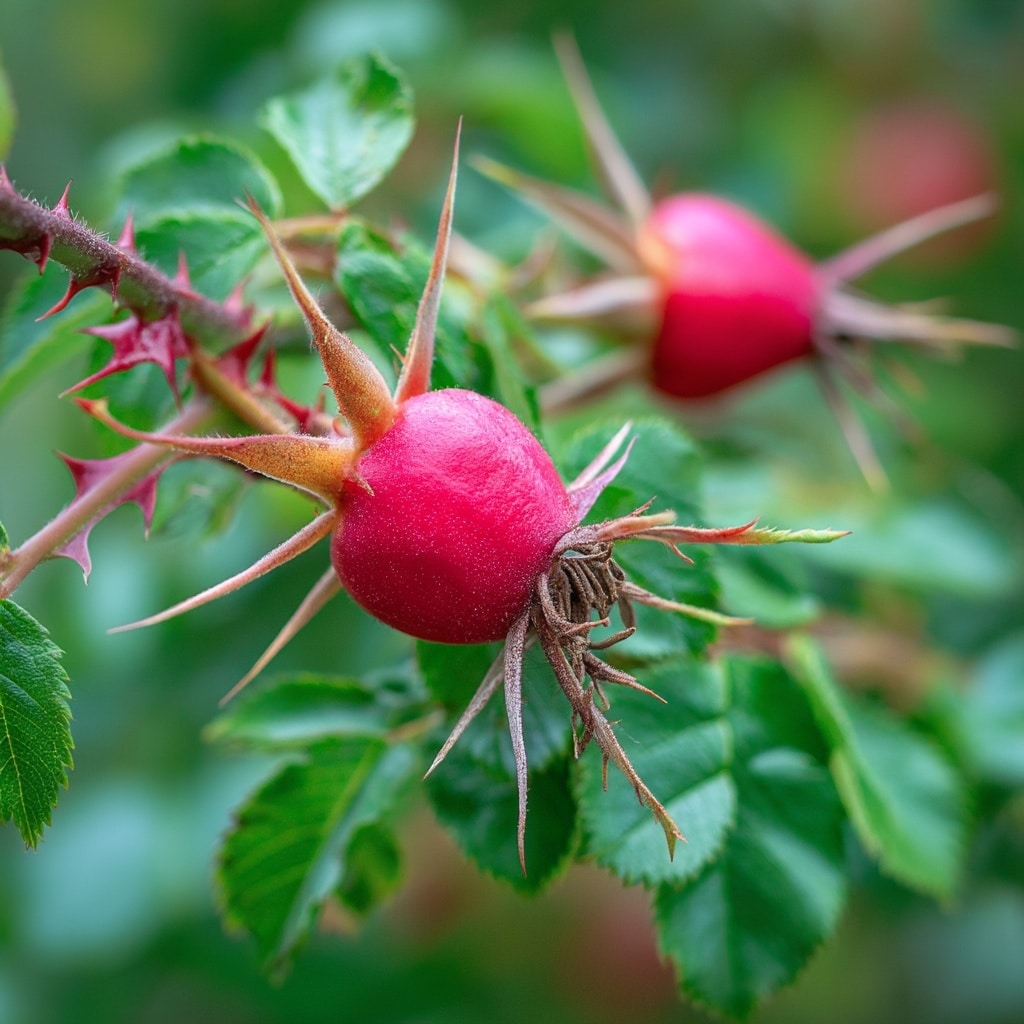
The rose plant is a versatile and diverse shrub that comes in a wide range of forms — from upright bushes and sprawling ground covers to graceful climbers that can be trained over trellises and fences. Most roses are perennial shrubs, and while their appearances vary, they share a few key traits that define the genus Rosa.
One of the most recognizable features of the rose is its stem, which is typically covered in prickles — often mistakenly called thorns. These prickles vary in shape and size but serve as a natural defense against herbivores.
Roses have alternate, pinnately compound leaves with 5 to 9 oval leaflets. These leaflets are usually serrated along the edges and give the plant its lush, leafy appearance.
The flowers themselves are the true stars. Wild roses often have just five petals and a simple, open structure. In contrast, cultivated roses can be fully double, featuring dozens of layered petals that form intricate, rosette-like blooms. The size of the flowers can range dramatically—from tiny miniature roses just half an inch wide to showy hybrids with blooms exceeding 7 inches in diameter.
Another distinctive feature is the rose hip—the fleshy, berry-like structure that forms after the flower is pollinated. Often red or orange, rose hips are rich in vitamin C and have been used in herbal teas, jams, and even skincare products.
This remarkable diversity in form, color, and function makes the rose not only a gardener’s delight but also a botanical marvel.
Common Rose Diseases and Pests
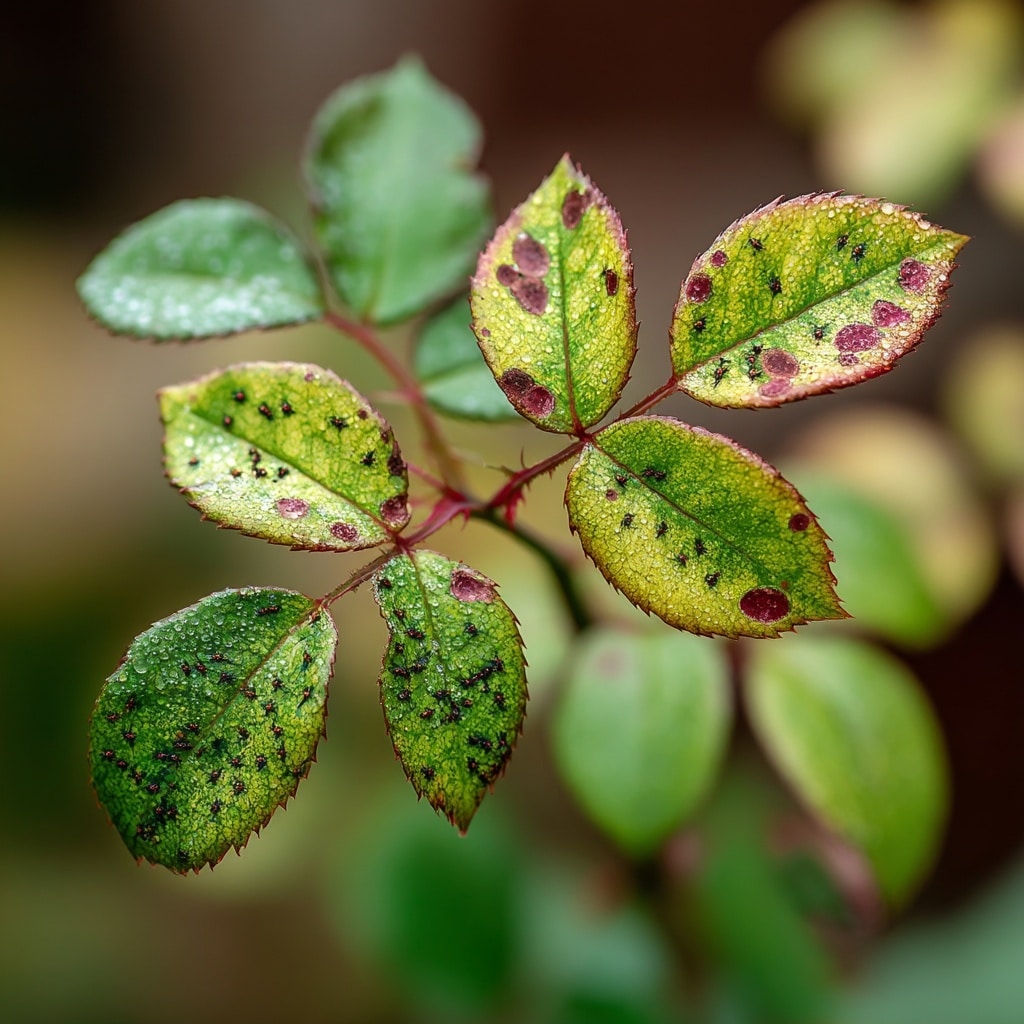
Despite their beauty and resilience, rose plants are susceptible to a range of diseases and pests that can affect their health and bloom quality. Whether you’re tending to a backyard rose bush or managing a full garden, knowing what to watch for is key to maintaining vibrant, healthy roses.
Fungal Diseases
- Black Spot
One of the most notorious rose diseases, black spot appears as dark, circular lesions on the leaves. It causes premature leaf drop, weakening the plant over time. - Powdery Mildew
This common fungus shows up as a white, powdery coating on young leaves, buds, and stems. It can distort new growth and reduce flowering if left untreated. - Rust
Appearing as small orange or reddish pustules on the undersides of leaves, rust weakens the plant by interfering with photosynthesis and can spread rapidly in humid conditions.
Insect Pests
- Aphids
These tiny green or black insects cluster around new growth, sucking sap and secreting a sticky substance called honeydew that can attract sooty mold. - Spider Mites
Nearly microscopic, spider mites cause a speckled appearance on leaves and can lead to leaf drop if infestations are severe. - Japanese Beetles
These shiny, metallic beetles chew through foliage and flower petals, often leaving behind skeletonized leaves.
Regular inspection, proper air circulation, and responsible use of organic or chemical treatments can go a long way in keeping your roses disease-free. Choosing disease-resistant varieties is also a smart move for long-term success.
Major Rose Species and Hybrids
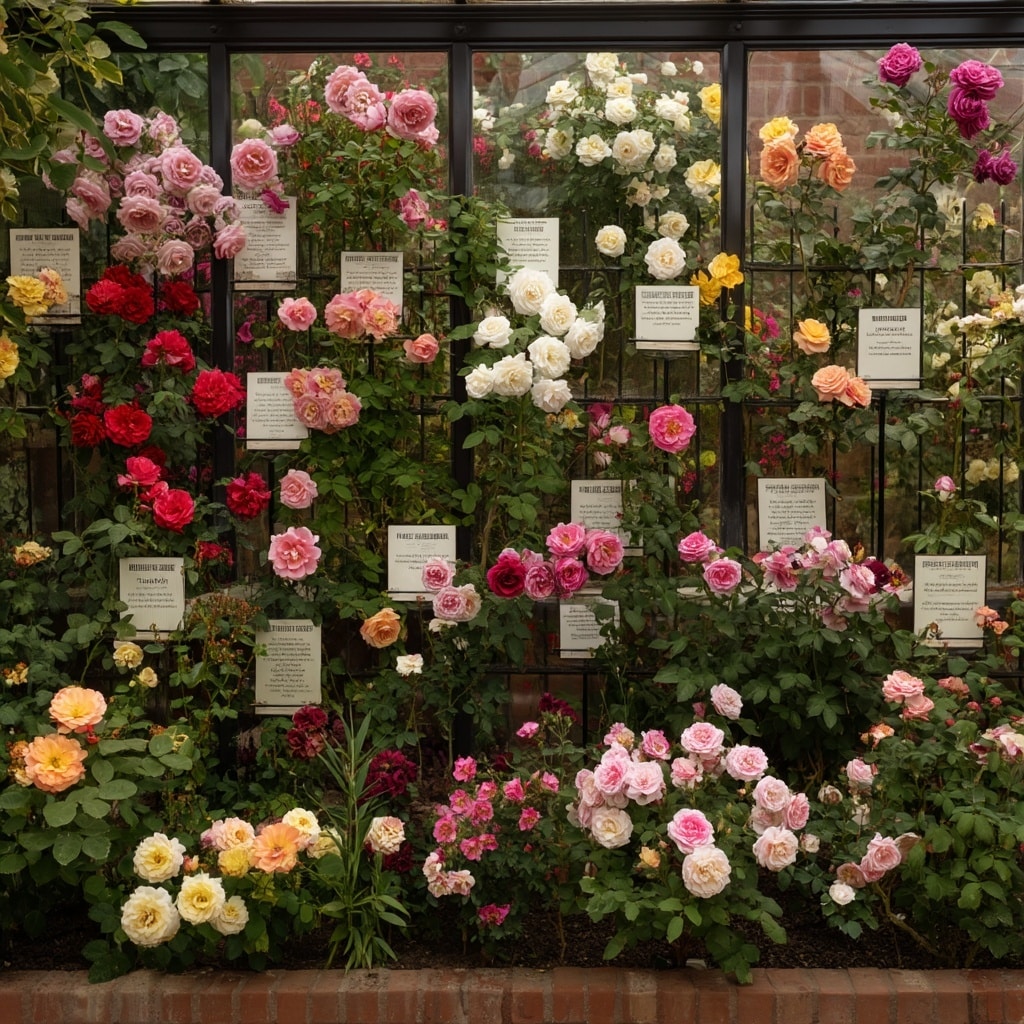
The world of rose cultivation is vast and colorful, thanks to centuries of crossbreeding and hybridization. While wild roses still play a role in modern breeding programs, most garden roses today belong to carefully selected hybrids known for their beauty, fragrance, and repeat blooming cycles.
🌹 Hybrid Tea Roses
Arguably the most popular class, hybrid teas are what many envision when they think of a classic rose. With long, upright stems and large, symmetrical blooms, they’re ideal for cutting and floral arrangements. These roses come in nearly every color imaginable and often have a rich fragrance.
🌹 Floribunda Roses
Developed by crossing hybrid teas with polyantha roses, floribundas produce clusters of medium-sized flowers that bloom profusely. They’re hardy, reliable, and perfect for adding color to garden borders.
🌹 Grandiflora Roses
These are a cross between hybrid tea and floribunda roses, offering the best of both: the bloom size of hybrid teas and the clustered flowering habit of floribundas. Grandifloras grow tall and are well-suited to the back of garden beds.
🌹 Polyantha Roses
These compact and rugged roses are known for their small flowers borne in large clusters. Though often less fragrant, their resistance to disease and long blooming period make them a practical choice for low-maintenance gardens.
🌹 Climbing Roses
Featuring long, flexible canes, climbing roses can be trained over trellises, fences, and arches. While not true vines, their growth habit allows them to create stunning vertical displays when supported properly.
🌹 Shrub and Miniature Roses
Shrub roses are vigorous, bushy plants that work well in informal gardens or hedges. Miniature roses, as the name suggests, are small in size but offer full-sized beauty, ideal for containers or small garden spaces.
🌹 Damask and Rugosa Roses
The damask rose (Rosa × damascena) is famous for producing attar of roses, a key ingredient in fine perfumes. Meanwhile, the rugosa rose is cherished for its durability and vitamin C-rich rose hips, which are often used in preserves and teas.
Each of these classes offers unique characteristics, making it easy for gardeners of all experience levels to find the perfect rose to fit their landscape and lifestyle.
Conclusion
The rose remains one of the most cherished flowers in the world — a timeless symbol of beauty, love, and resilience. With over a hundred species and thousands of cultivated varieties, there’s truly a rose for every garden, climate, and purpose. Whether you’re planting a fragrant hybrid tea, a hardy rugosa, or a cheerful floribunda, roses reward care with stunning blooms and lasting appeal.
By understanding their origins, choosing the right variety, and staying ahead of common pests and diseases, even beginner gardeners can enjoy success with roses. With the right approach, your rose garden can flourish season after season.

